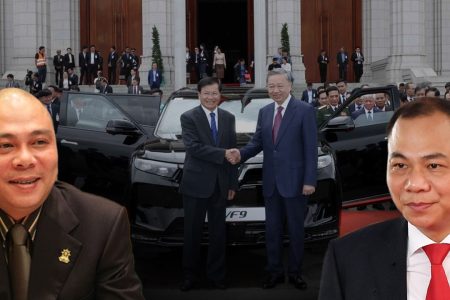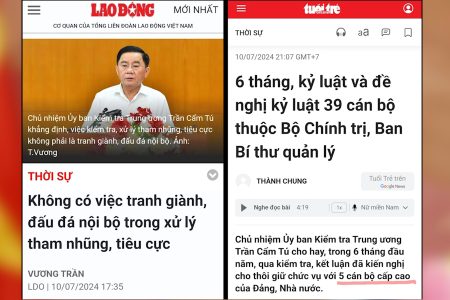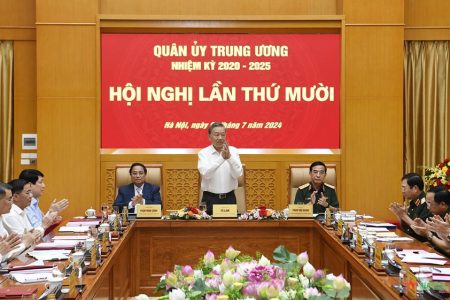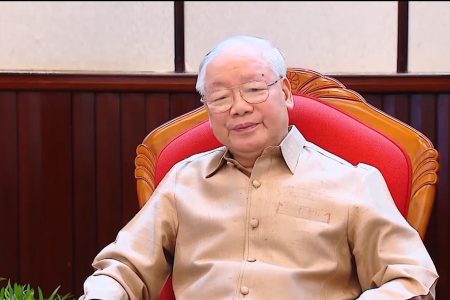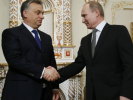
The Covid-19 pandemic has had a strong impact on global economies over the past year, causing economic clusters or slowing growth in many countries. How does that affect budgets and defense spending in a world full of hotspots and at a time when analysts are already talking about the risk of war?
According to Defense News, in the Asia-Pacific region, the epidemic era economy directly affects the defense budgets of many countries, especially Singapore, Indonesia, and Brunei, while Vietnam is less affected.
With a cluster economy of 5.4%, Singapore adjusted its defense budget and cut military spending by 9.5%.
In Indonesia, where the economy decreased 2.1%, the growth of the defense budget in 2020 slowed compared to the plan, but still at a significant level of 14.3%.
In Brunei, the defense budget is only growing at 15% compared to 24% in 2019.
In the Philippines, where the economy shrinks to 9.5%, the defense budget remains at the level of 2019. Clearly, pressure on spending cuts due to the situation has not overcome significant concerns about security, from inside and outside, especially in the face of the South China Sea situation, where China is constantly entering the exclusive economic zone of the Philippines.
Vietnam alone is one of the rare countries that are relatively less affected by the Covid in 2020, thanks to its past record of successfully restraining the Covid-19 epidemic. However, Vietnam’s GDP growth still slowed significantly in 2020, to 2.9% compared to 7% growth in 2019.
During this period, though, Vietnam increased its defense budget by 9.8%, far from the 7.7% increase in 2019, according to a Defense News report.
The article published on the Defense News website on May 10, 2021, said that it means that countries in the region put their defense spending a priority, regardless of the economic contraction or significant slowdown.
Vietnam’s defense budget has been increasing each year since 2015, with an average growth rate of 7.2% per year.
Earlier this year, Czech aircraft manufacturer Aero Vodochody signed a contract to sell 12 L-39NG training jets to the Ministry of Defense of Vietnam. According to the plan, these fighters will be delivered to Vietnam from 2023 to 2024.
The value of the contract, which includes training, spare parts, and logistical support, is not disclosed, according to the European defense website Defense News.
The Vietnam Air Force is using old versions of the L-39, it is estimated that about two dozen are still in use.
In early 2020, Vietnam ordered 12 Russian Yak-130 jet trainers. Defense News said Russian state television had shown a Yak-130 for Vietnam at the Irkutsk Aviation factory.
The Vietnamese military is primarily equipped with Russian weapons and military equipment, but in recent years Vietnam has begun to diversify its supply base and buys Airbus transport aircraft, at the same time receives used ships from the South Korean navy and the United States Coast Guard.
An arms embargo imposed on Vietnam after the Vietnam War ended was lifted by the United States in 2016 and US naval ships, including aircraft carriers, have docked in Vietnam over recent years.
On the world level, global military spending increased to nearly $2 trillion in 2020, despite the economic effects of the Covid-19 pandemic, according to the Stockholm International Peace Research Institute (SIPRI).
Thus, global military spending increased by 2.6% in 2020 while global GDP decreased by 4.4%.
The United States and China are the two countries that spend the most. The US spending accounted for 39% of total global military spending.
China’s military spending increased proportionally with economic growth, estimated at $252 billion in 2020, accounting for 13% of total global spending.
Thoibao.de (Translated)






